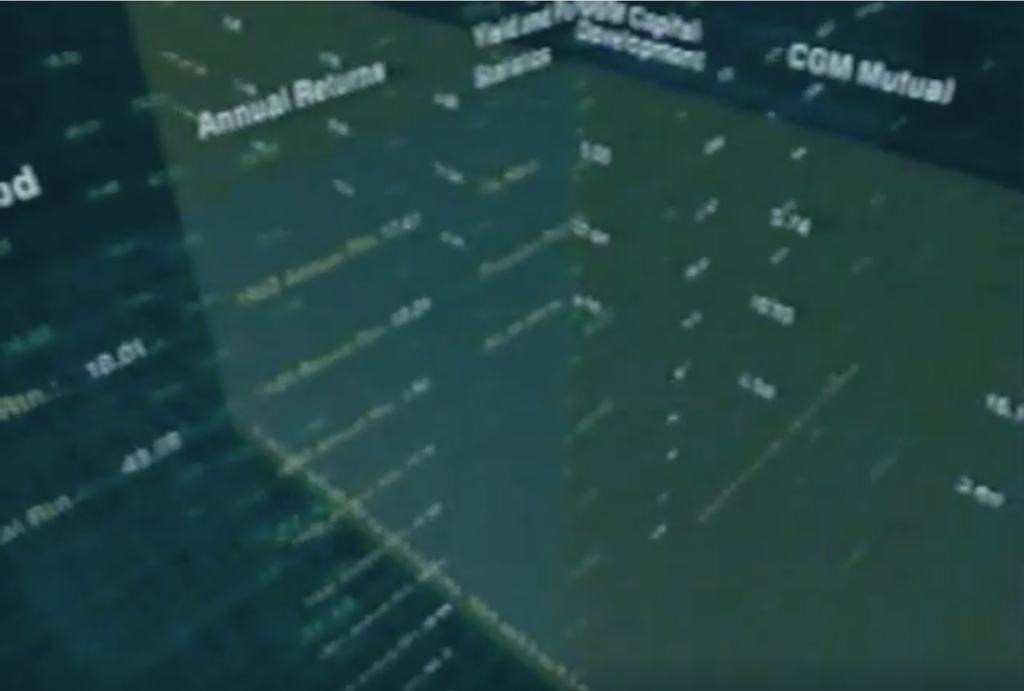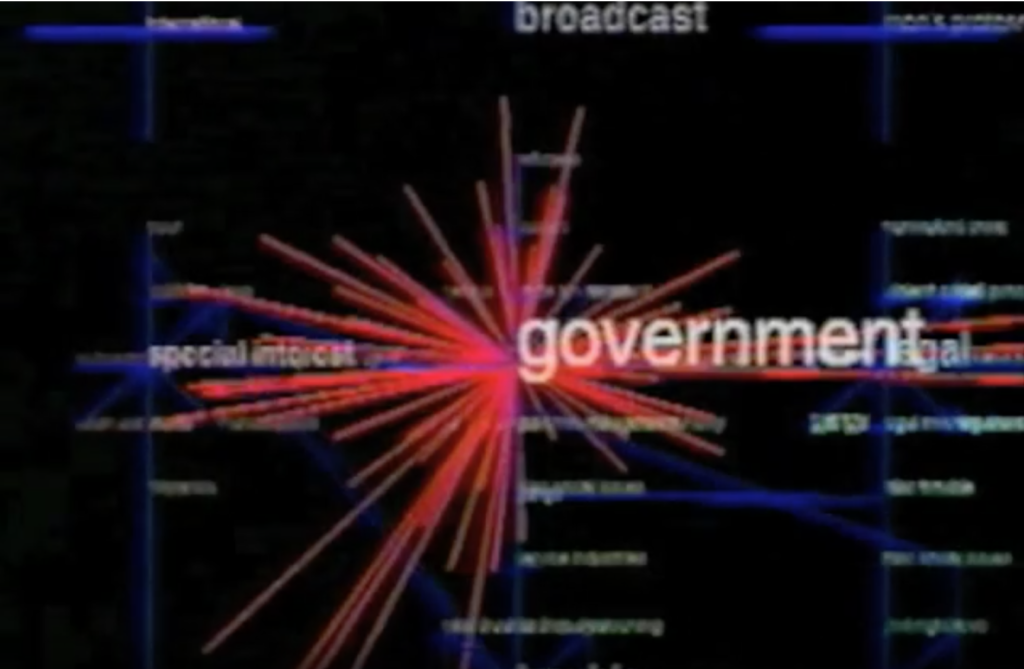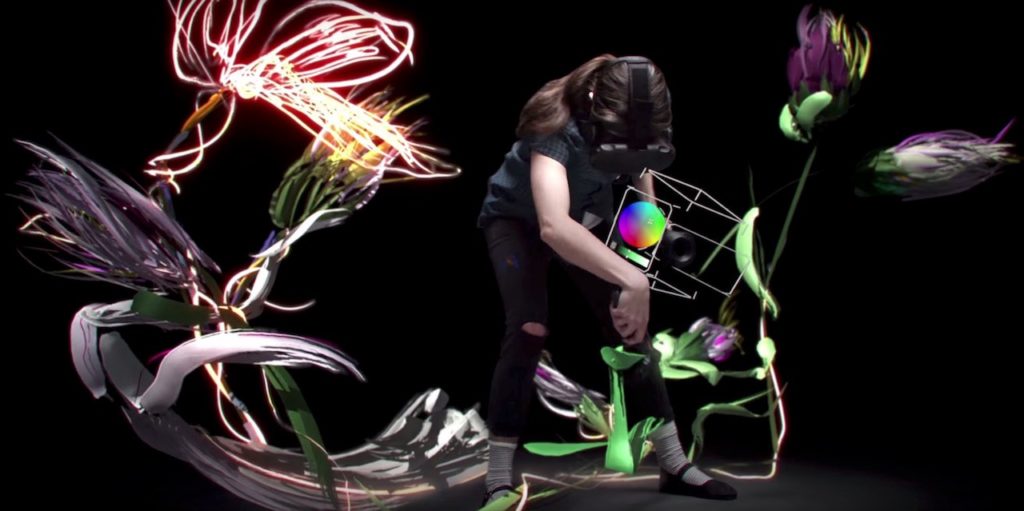Muriel Cooper and her team built the Visual Language Workshop as a typographic landscape that gathered information to get organized in a virtual reality map. In the “identifiable neighborhood” pattern, Alexander suggested that “people need an identifiable spatial unit to belong to.” I think it’s also true in keeping the same identifiable qualities of 2D text when transforming them into 3D. Viewers can zoom in and out, spin, change angles, hover above headlines,… This demo was created in 1994 and even for today’s technologies, virtual reality is still relatively new to users and by building on already familiar elements.

Alexander Christopher suggests that workplaces must not be too scattered, nor too agglomerated based on “work community” pattern. In the demo, each category is grouped together and depends on which directions that the viewers zoom in, they show the relatable data belong to the same topic. The workplace is also a mix of manual jobs. From the demo, Cooper used the relational technique to pull information from the user’s data and create a net-like matrix with different topics. Then users can explore through keyword and track multiple categories on the same landscape.

“The flow through rooms” pattern pointed out the importance of movement between the rooms but not just the rooms themselves. This pattern was stressed as one of the most crucial elements in creating the three-dimensional landscape as it keeps the user from getting lost. A virtual reality realm is an abstract place and by bringing the “real world” characteristics, the designers recreated the “flow”.

Google’s Tilt Brush lets you paint in 3D space with virtual reality. Like typography, drawing is a strong 2 dimensional elements. It’s hard to explain to those who have never used Tilt Brush the feeling of drawing in a three-dimensional space so Google launched the website Virtual Art that conveys even to those who do not have a virtual reality headset.

Thank you for letting me know Google Tilt Brush, that is so cool! nice examples.